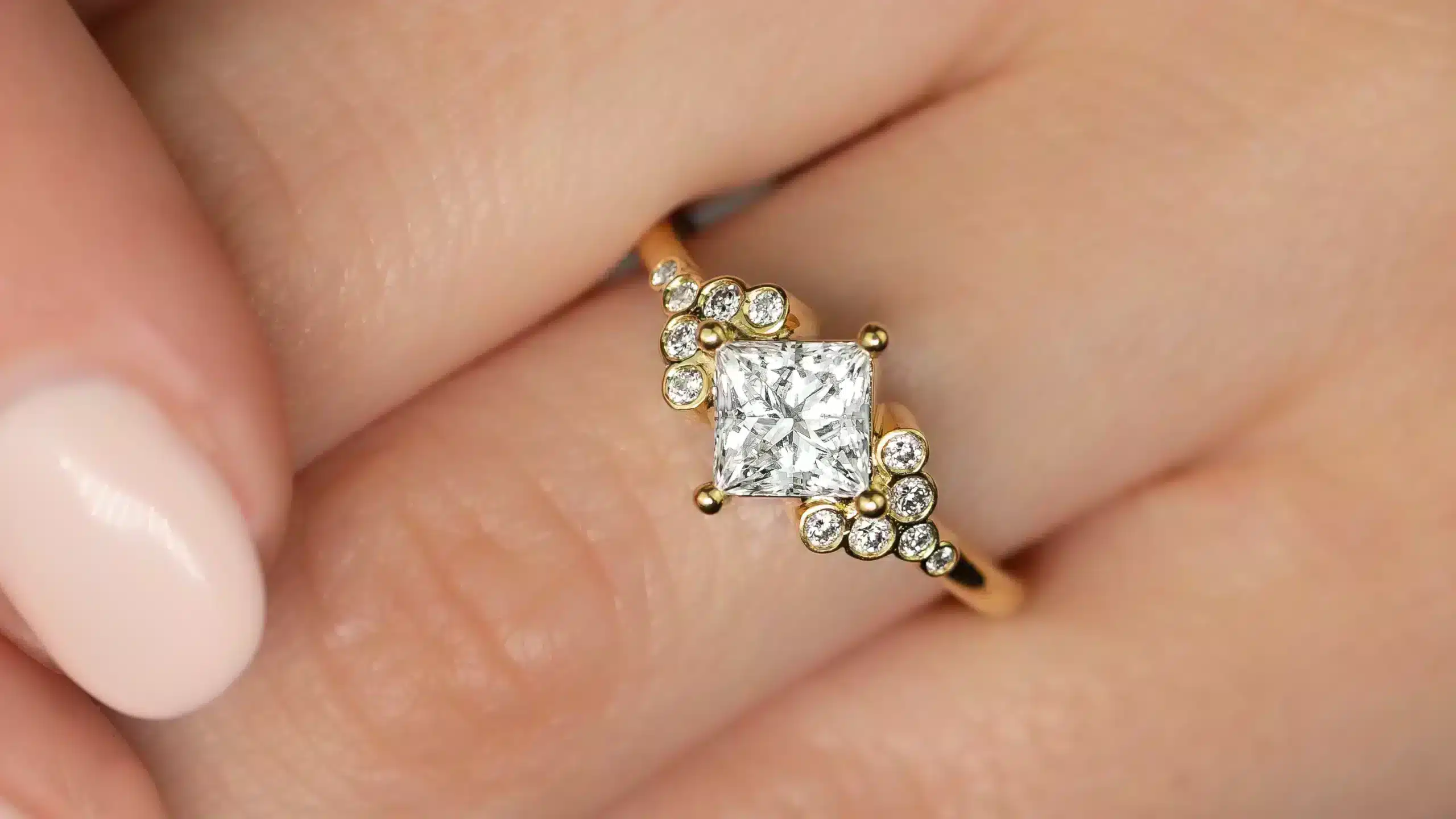Resizing a ring is both an art and a science. It requires the perfect balance between aesthetics, functionality, and durability to ensure that the final product looks beautiful while maintaining its integrity for years to come.
With so many factors at play, it can be difficult to know where to start or how much effort should go into each step of the process. This article will explore the art and science behind ring resizing in detail, providing insight into what you need to know before taking on this delicate task.
By understanding more about the materials used in different types of rings as well as the techniques available for successful resizing, you’ll have all of the knowledge necessary for completing your project with confidence.
The Art of Ring Resizing
Resizing rings is both an art and a science. The task requires skill, precision, and attention to detail for it to be done well. It also calls upon the knowledge of different types of metals and their properties, as well as the tools required for forming or cutting metal. To resize a ring correctly demands an understanding of how it fits onto a person’s finger – too tight or too loose can make it uncomfortable or unsafe to wear.
The process starts with measuring the ring size against standard sizes available in jewelry stores so that you know what size needs to be achieved after resizing. From there, depending on the material used in making the ring (gold, silver, platinum, etc.), it must then be heated using specialized tools such as torches and soldering blocks while being shaped by forceps into its desired form. If necessary additional material may need to be added before polishing off any imperfections left behind from reshaping or welding new parts together.
Lastly, when all is said and done, a quality inspection should take place before presenting it back to its owner with satisfaction!
The Science of Ring Resizing

When it comes to the science of ring resizing, there is much more than meets the eye. A jeweler must understand metallurgy and have extensive knowledge of gemstones when attempting to resize a ring.
Gold, silver, and other metals used in jewelry are malleable but not always easy to work with. This is why a professional jeweler needs to possess the right tools and techniques when attempting this task.
Gemstones can also be tricky as they require special care due to their delicate nature. Knowing how certain stones react to heat or pressure makes all the difference when trying to properly resize a ring without damaging it in any way.
Additionally, understanding how different metals will behave under various conditions is essential for achieving desired results from resizing operations on rings made out of gold or other precious materials. Not only do these factors need consideration but precision and accuracy are key when working with rings that contain both gems and metal components so as not to compromise either material during resizing processes.
Tips for Successful Ring Resizing
1. Utilizing the Right Tools: When it comes to resizing a ring, having the right tools is key to success. Make sure you have all of the necessary equipment available such as specialized jewelry pliers, metal cutters, and files. It’s also important that you use quality materials for your repair work so that your finished product looks professional and lasts longer.
2. Measuring Accurately: To ensure successful ring resizing, accurate measurement is essential to get the perfect fit for your customer’s finger size or desired look. Use calipers or sizing tools to determine exactly what size ring they need before getting started on any type of alteration or repair work on the piece itself.
3. Choosing an Appropriate Level of Reshaping: It is important to choose a level of reshaping that will not compromise the structural integrity of the original design when resizing rings, especially antique pieces with intricate details or settings containing precious stones like diamonds or rubies in them. If more than one element needs adjustment during a resize job then be sure you take extra care not to overwork any single part too much which could result in damage being done if you don’t stay within appropriate limits while working on it.
4. Taking Precautions During Reshaping Processes: When working with delicate metals such as gold and silver make sure you always wear protective gloves while handling them during repairs and be careful not to scratch any surfaces with sharp tools when filing down edges after cutting away excess material from bands etc. Additionally, never leave unfinished work out where dust can accumulate around it either – this can cause discoloration later down the line even after finishing touches are applied properly afterward!
Conclusion

The art and science of ring resizing is an important skill for anyone who works with jewelry. Engagement rings Manchester experts are well-versed in the techniques used to resize a ring, including stretching or shrinking it, adding metal or stone shanks, polishing the surface finish, and resetting diamonds. By taking all these steps into account, they can create a perfectly fitted piece that meets your exact requirements.
With their help, you can be sure that your special ring will fit comfortably and look amazing for years to come.

